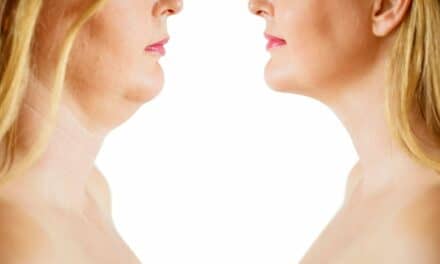“Although light sources have been used to treat acne, many are used with concomitant medication usage or with exogenous agents placed initially on the skin to effect or enhance therapeutic outcome,” says Jerome Garden, M.D., a professor of clinical dermatology and biomedical engineering at Northwestern University in Chicago.
Dr. Garden notes that some light sources used to treat acne may be associated with pain and are limited to use in lighter skin types, as higher skin types too readily absorb the light energy, resulting in possible hyperpigmentation or hypopigmentation.
However, a new study finds that use of dual laser therapy alone in skin types V and VI achieves excellent results with an exceptional side-effect profile.
An earlier study produced in 2014 by Dr. Garden’s group (Abnoeal D. Bakus, Ph.D., Dina Yaghmai, M.D., and Mary C. Massa, M.D.) at Physicians Laser and Dermatology Insitute, Chicago, had already shown a significant reduction in acne lesions for patients with moderate-to-severe active inflammatory acne in lighter skin types (I–IV) through use of combination long-pulsed (LP) and Q-switched (QS) YAG lasers.
“This was accomplished without patients using topical anti-acne medications or oral antibiotics during the laser-therapy period and the follow-up period,” Dr. Garden tells Dermatology Times. “Remarkably, sustained acne resolution was achieved during a follow-up period which extended to a mean of two years.”
Click here to view original web page at dermatologytimes.modernmedicine.com



